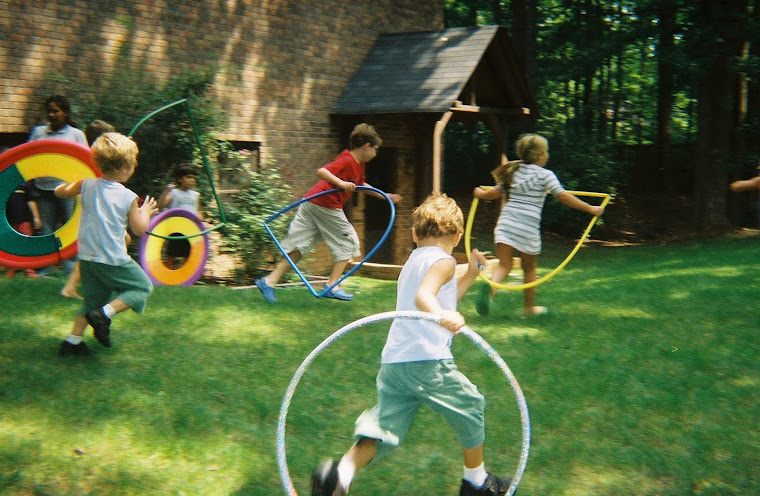Narcolepsy is usually found in adults and although it is
rare in children there are significant occurrences that studies have been
published on it from both the
prestigious Cleveland Clinic and the Hospital of University of Pennsylvania.
The basic definition is that it is excessive sleepiness and
that it can occur at any time throughout the day. It can interrupt regular
sleep patterns as well as impact a child’s ability to learn and play. It is thought to involve the areas of the
brain that control sleep. The
Hypothalamus, the area of the brain that is our “stop and think” center also
controls both wakefulness and sleep.
Over simplified, in conjunction with the brainstem (think about this
being the base of your head and top of your neck) and the back of the Hypothalamus keeps us
awake (activating the “up center in the brainstem) and the front of the
Hypothalamus puts us to sleep.
Sleep is not a passive process the brain is very
actively “thinking—cortex” inclusive of
executive functions, memory and creative thought (think dreams that seem real).
Narcolepsy carries a DSM-5 code of 347.00 (Diagnostic
Statistical Manual of Mental Disorders and an ICD-10 code of G47.419
(International Classification of Disease).
All of the above information is to affirm that the behaviors
associated with narcolepsy, while they may seem
intentional are not. If fact these
behaviors are so disruptive to the saccadic life rhythms that left untreated
they can be associated with anxiety and depression.
There is no cure for narcolepsy but there is treatment that includes
medication, behavior modification, education and activity regulation.
In school aged children the provision of scheduled nap times
even in teens can be essential for the child to maintain critical learning
abilities. Conversely forcing such a child to “stay awake” can cause
frustration and negative behavioral reactions.
Narcolepsy should be classified under “other health
impaired” for IEP purposes and specific accommodations and modifications should
be made for these children. Suggestions for addressing narcolepsy during the
school day are:
1.
Provide
time for the child to take one or two short (15-20 minutes) naps during the day
2.
Make sure teachers are aware of the condition so
that this behavior is not mistaken for laziness or lack of interest
3.
Avoid activities that could be a danger to
health such as swimming, except when child is in an affirmed state of
wakefulness
4.
Establish and maintain a set schedule so that
the child’s wake/sleep rhythms can be addressed
5.
Avoid boring and repetitive tasks –diversity is
key to sustaining wakeful interest
6.
Provide extra time for tasks and tests’
inclusive of short breaks during class and/or tests.
7.
Have teacher share with student “missed
material” via email, slides, powerpoint, etc.
8.
Providing audio versions of textbooks may also
be helpful
9.
Use of “SmartPens” that can record and write so
that taking notes is facilitated during “down times”
10. Make
sure the child stays active in class, let them sit in the back so they can get
up as needed, sit on a sitball that gives sensory feedback, chew gum, etc.
11. Take
and exercise break after a test for about 15-20 minutes
12. Studying
and discussing assignments with a “work buddy” also increases alert behaviors.
At home:
1.
Keep the rooms cool
2.
Do homework while standing (maybe near the
kitchen countertop)
3.
Limit after school activities
4.
Take a short nap when the child gets home from
school
5.
Have a regular sleep schedule
References:
Broughton RJ, Guberman A, Roberts J. Comparison of the
psychosocial effects of epilepsy and narcolepsy/cataplexy: a controlled study.
Epilepsia 1984; 25:423–33.

Thanks for your information.Sleep health is best topic. I can get more knowledge about Narcolepsy. Waitting for your new articles.
ReplyDeleteRegards
James